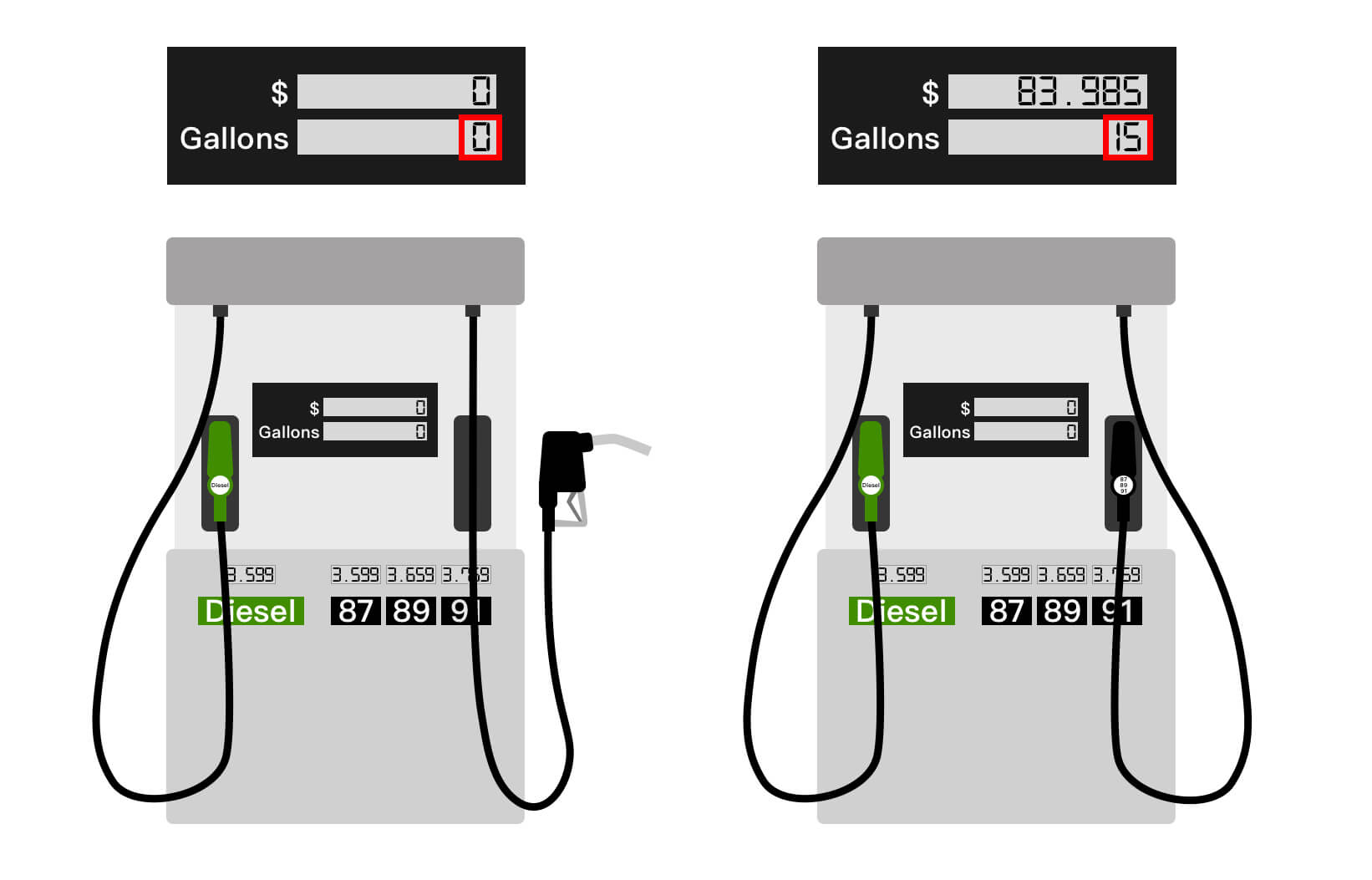บทคัดย่อ
- ตัวสะสมในเครื่องวัดการไหลแบบพายสะสมข้อมูลการไหล ช่วยให้ผู้ใช้ติดตามการใช้น้ำทั้งหมดหรือการบริโภคของเหลวได้
- สามารถรวบรวมข้อมูลระยะยาวได้อย่างแม่นยำ จึงเป็นประโยชน์ต่อการจัดการทรัพยากรน้ำ การตรวจสอบกระบวนการในอุตสาหกรรม และการคำนวณต้นทุน
- การใช้ตัวสะสมช่วยเพิ่มประสิทธิภาพการดำเนินงานโดยป้องกันการใช้ทรัพยากรมากเกินไปหรือน้อยเกินไป
1. ตัวสะสมคืออะไร?
โดยทั่วไป "ตัวสะสม" ใช้สำหรับนับปริมาณรวมของวัสดุ (เช่น ของเหลว) ที่ไหลผ่าน
ในชีวิตประจำวันของเรา เราอาจพบการใช้ "ตัวสะสม" ในบางกรณี เช่น เมื่อเราไปเติมน้ำมันที่ปั๊ม "ตัวสะสม" จะเป็นกุญแจสำคัญในการคำนวณค่าใช้จ่าย เมื่อเรายกปืนเติมน้ำมันและเปิดสวิตช์ เกจน้ำมันจะรีเซ็ตเป็นศูนย์ หลังจากเติมน้ำมันแล้วเราจะแขวนปืนเติมน้ำมันและปิดสวิตช์ เกจน้ำมันจะแสดงจำนวนแกลลอนที่เราเติม ซึ่งค่าใช้จ่ายจะคำนวณจากจำนวนแกลลอนนี้ "จำนวนแกลลอนที่เติม" คือตัวสะสมในกรณีนี้ ความเร็วไม่สำคัญเท่ากับ "ปริมาณรวม" ซึ่งเกี่ยวข้องโดยตรงกับเรา นอกจากนี้ มิเตอร์น้ำ มิเตอร์แก๊ส และมิเตอร์ไฟฟ้าที่คุณอ่านทุกเดือนก็เป็นตัวสะสมที่ใช้วิธีเดียวกันในการคำนวณจำนวนเงินที่เรียกเก็บ

"ตัวสะสม" ในเครื่องวัดการไหลหมายถึงฟังก์ชันของการสะสมข้อมูลการไหล การไหลสะสมสามารถใช้ในการควบคุมปริมาณการไหลของยาของเหลว น้ำเสีย วัตถุดิบอาหาร ฯลฯ ที่ถูกลำเลียงไปตามท่อเฉพาะ เพื่อควบคุมต้นทุน การจ่ายยาที่แม่นยำยังช่วยควบคุมปฏิกิริยาทางเคมีในกระบวนการต่างๆ และรับรองความสม่ำเสมอของสูตรการผลิตในอุตสาหกรรมอาหารและยา นอกจากนี้ เครื่องวัดการไหลแบบอิเล็กทรอนิกส์บางรุ่นในตลาดยังมีฟังก์ชันการเข้าถึงข้อมูลการไหลสะสมในช่วงเวลาที่กำหนด